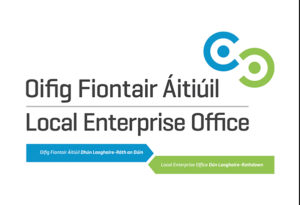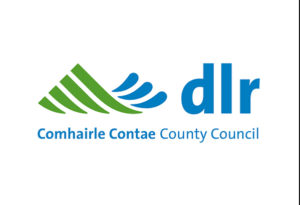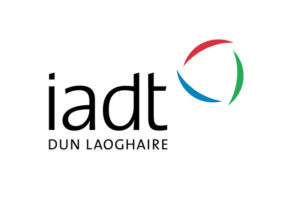Symposium
Future Forms
of Typography
dlr LexIcon
Haigh Terrace, Moran Park,
Dun Laoghaire, Dublin
Saturday November 3rd, 2018
08.00 – 17.45
Technology compels us to think afresh and calls for new
forms as a living expression of the age in which we live. “
Emil Ruder, Typographer, 1967.
Speakers
David Small
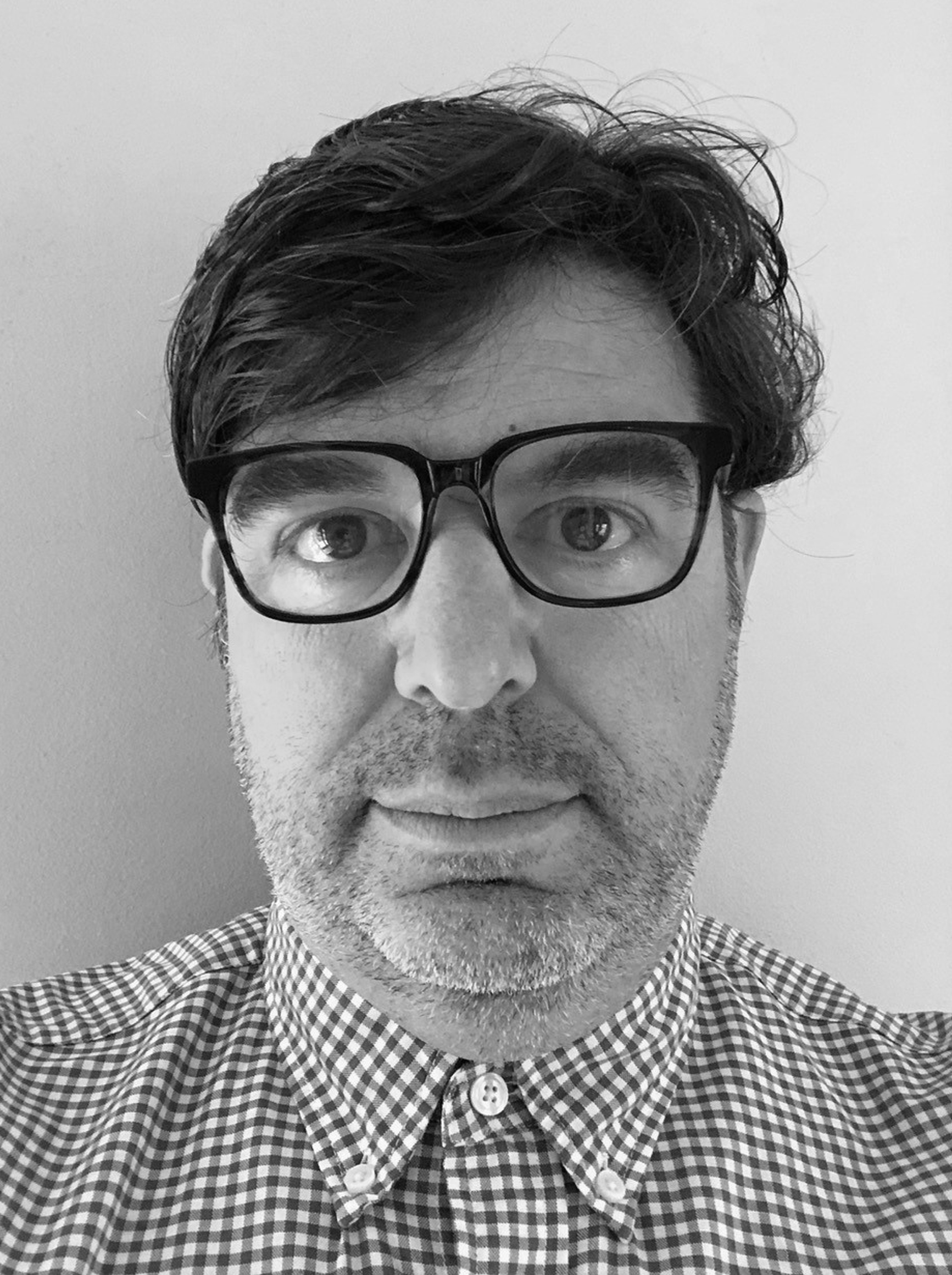
Hartmut Bohnacker
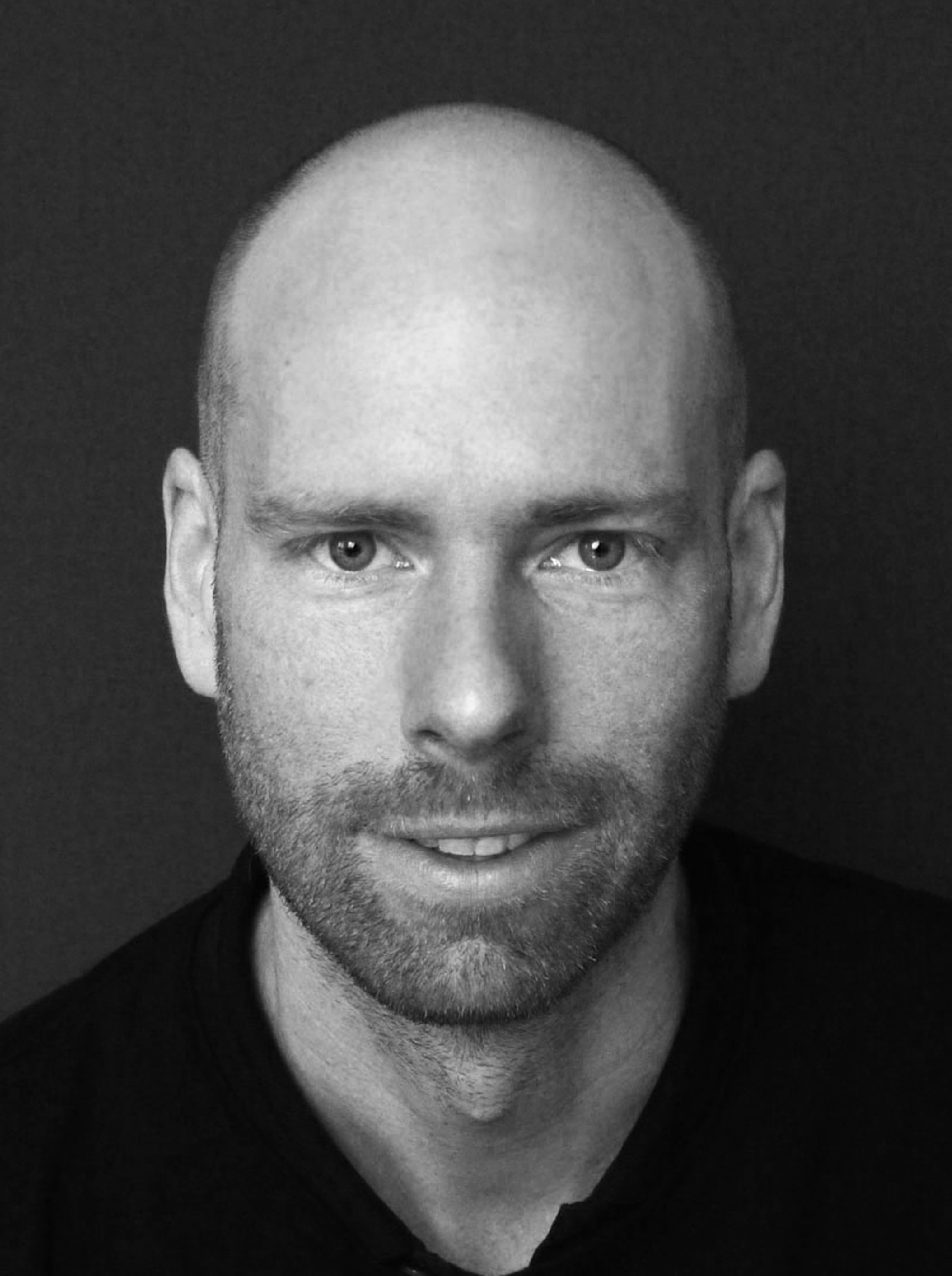
Ted Davis
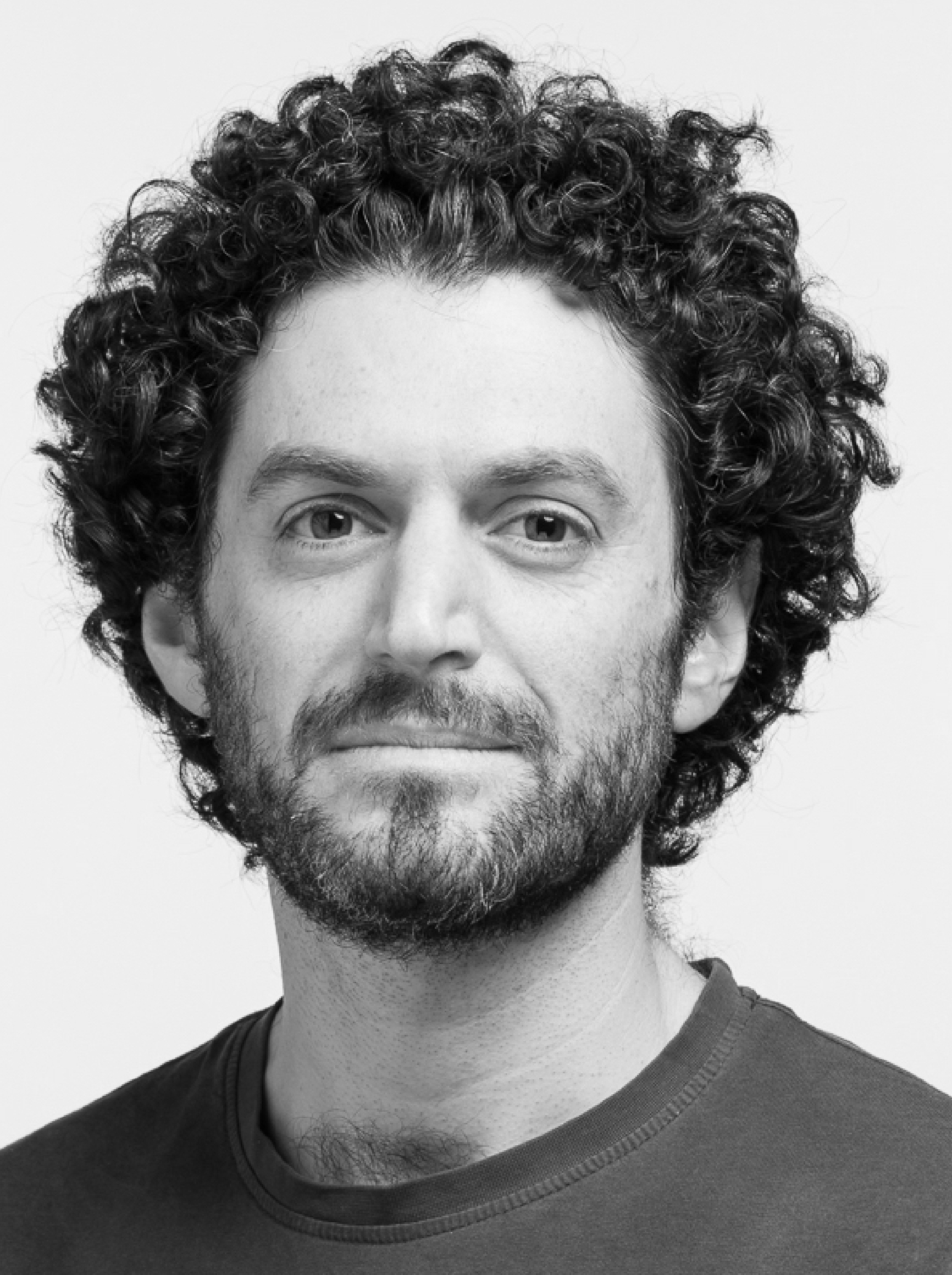
Anja Stöffler
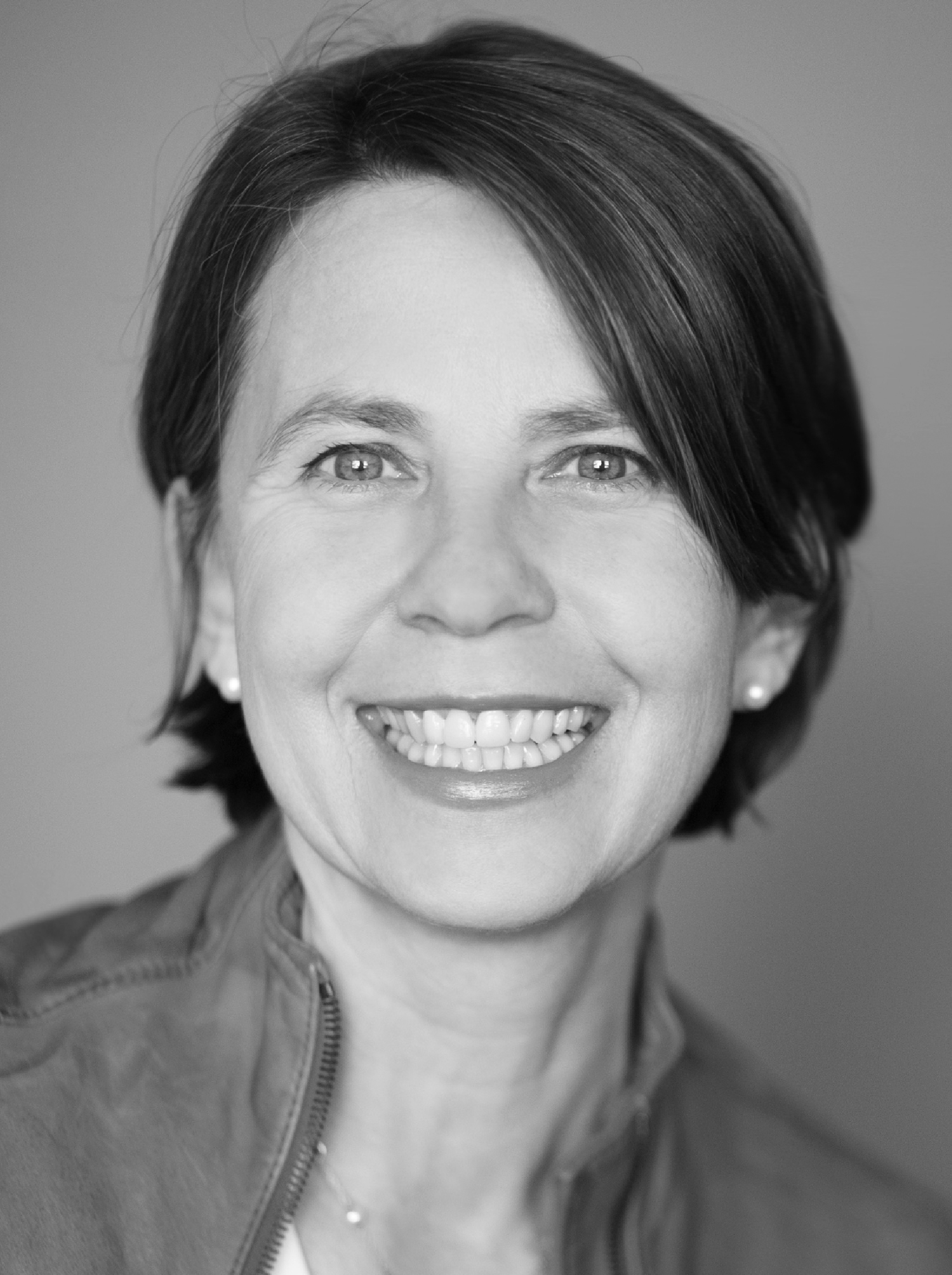
Jan Kubasiewicz
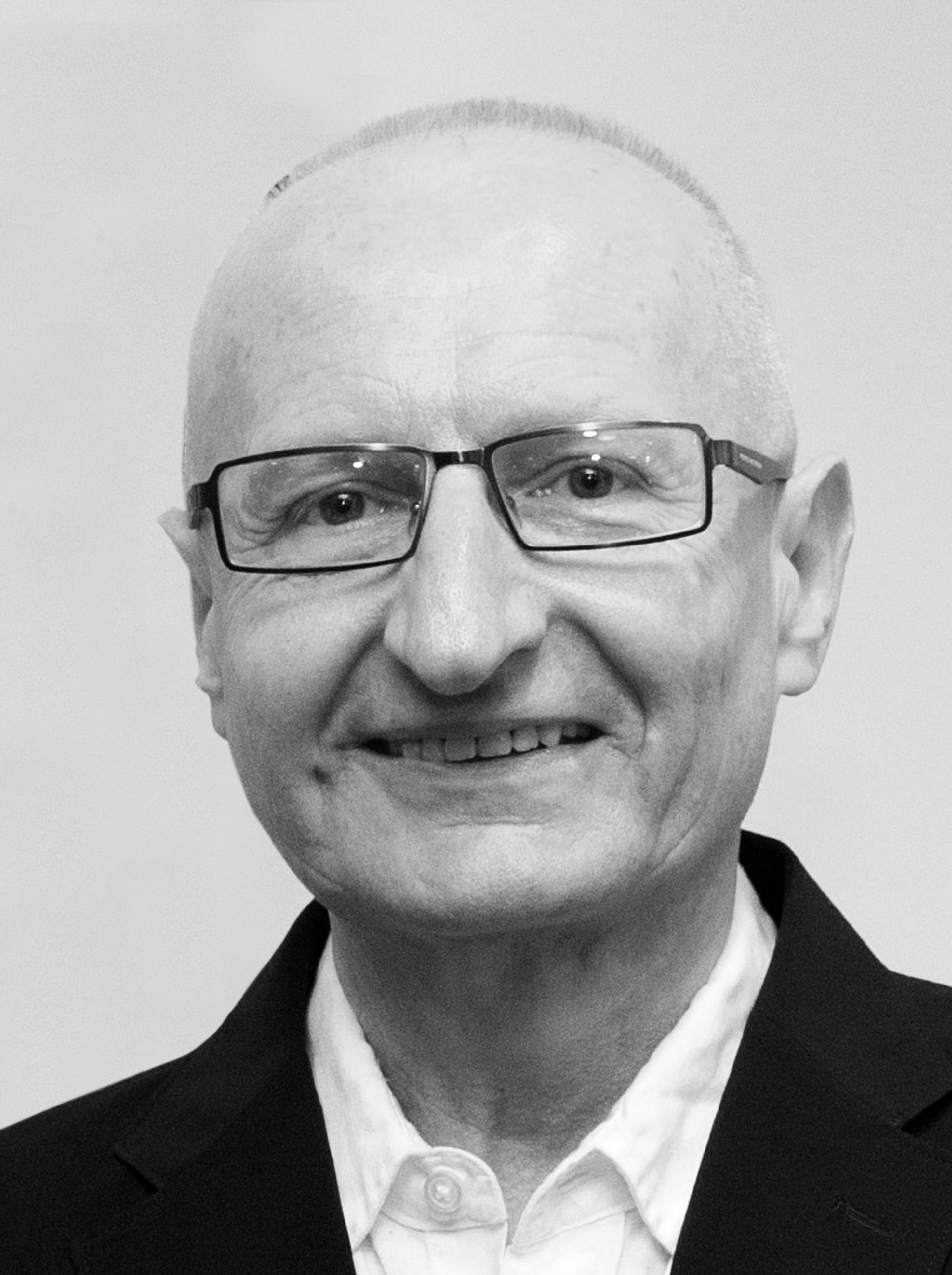
Lisa Strausfeld
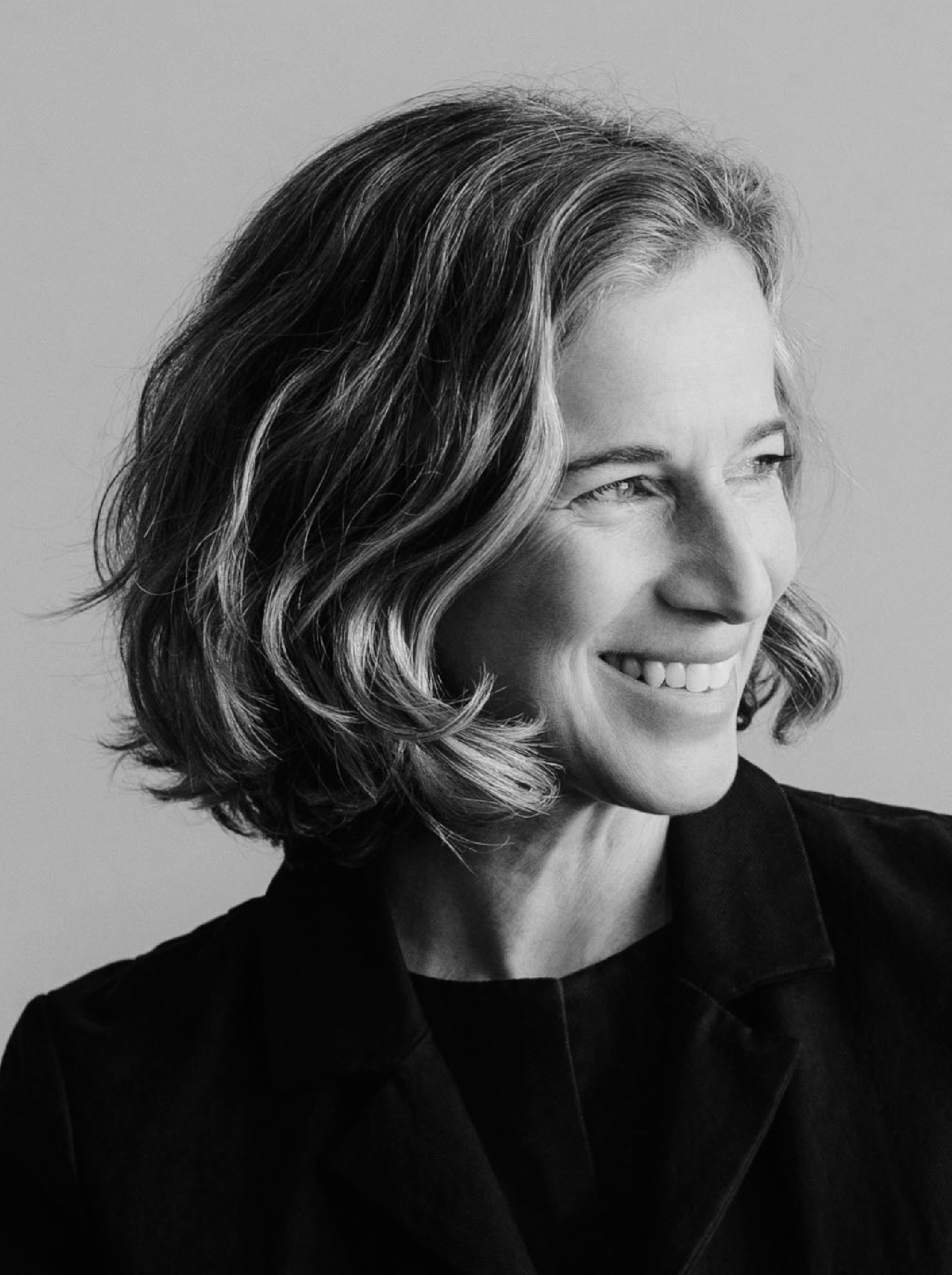
Hilary Kenna
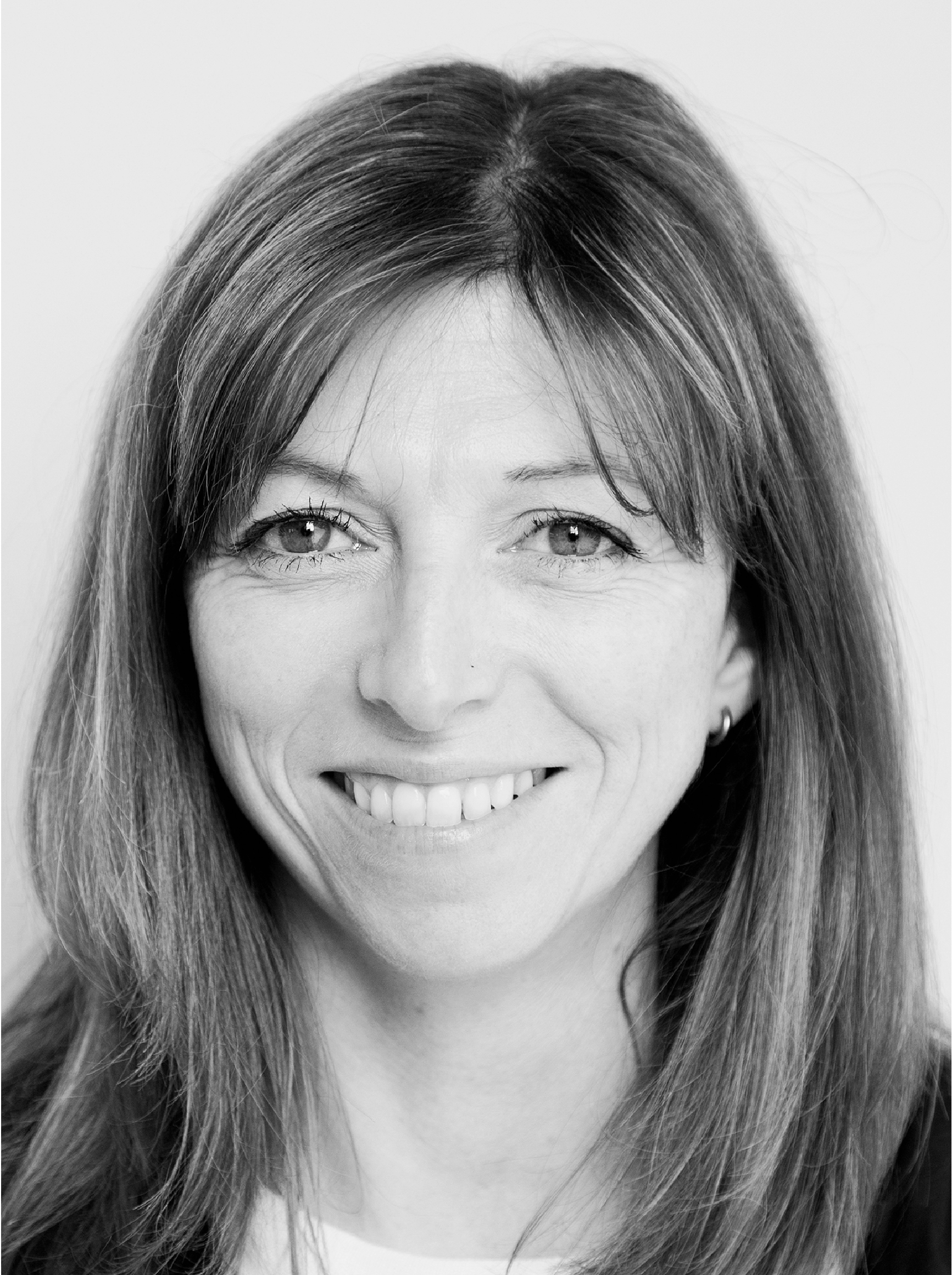
Brian Lucid
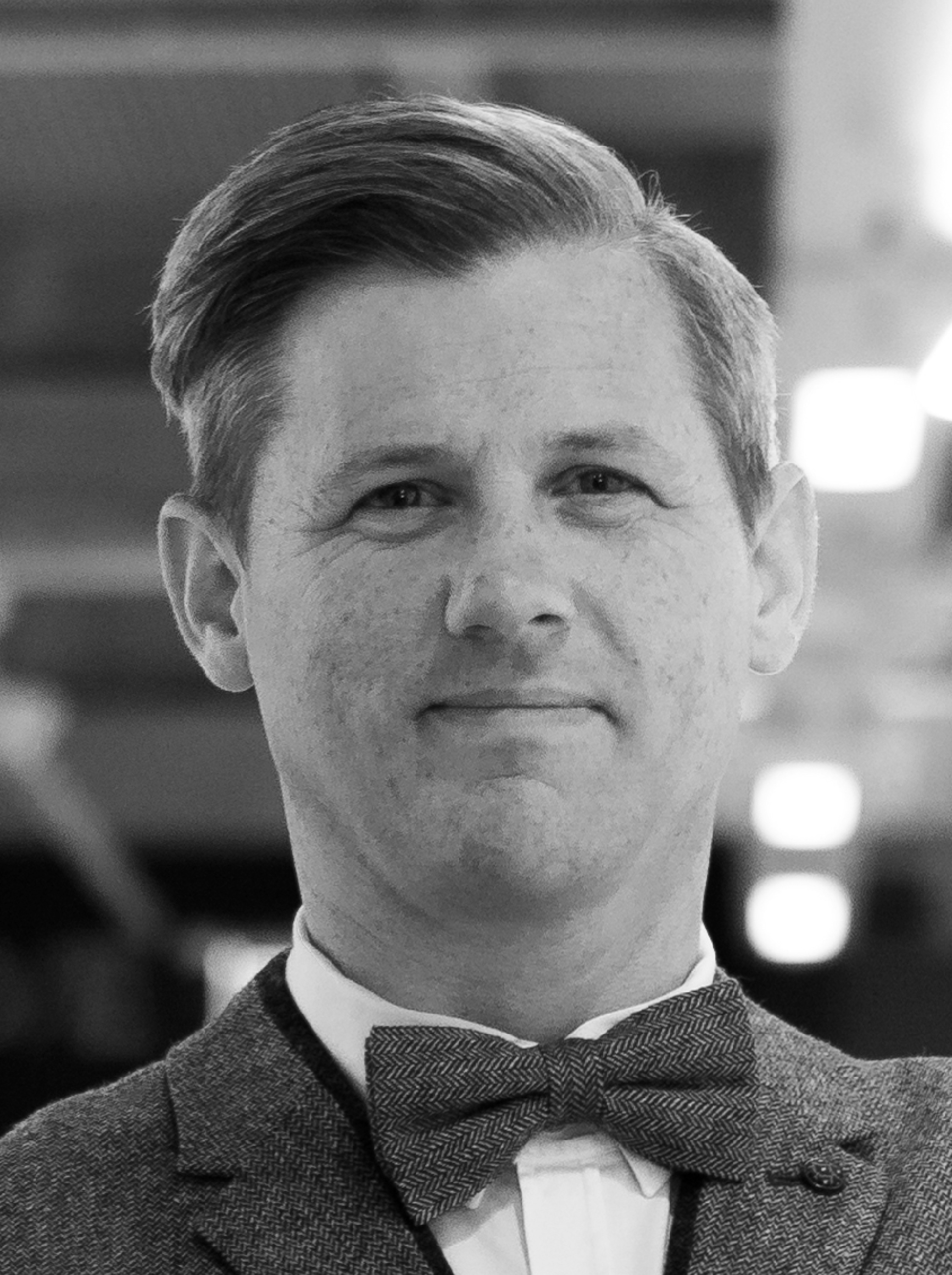
Mitch Paone
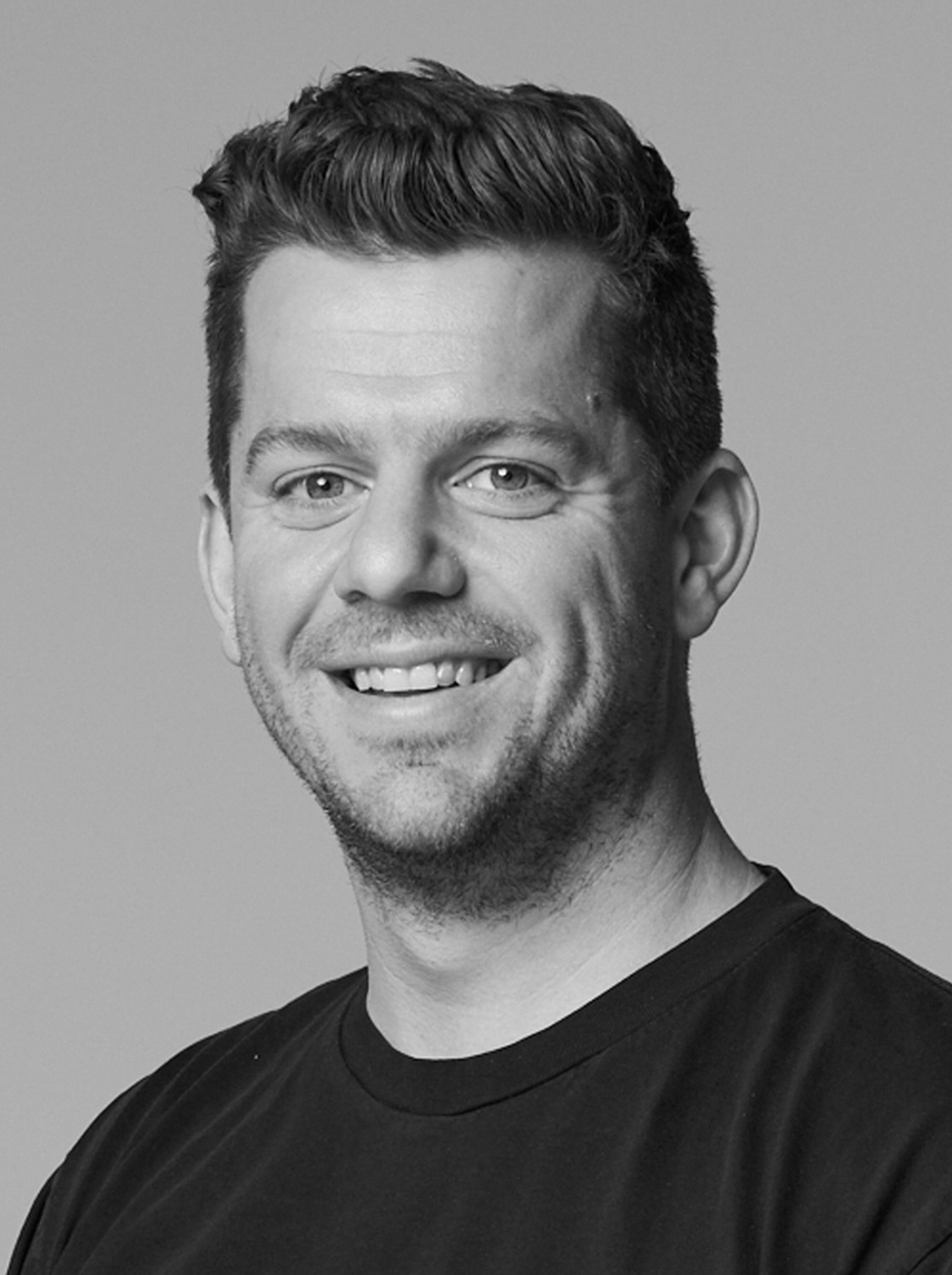
Tony Brook
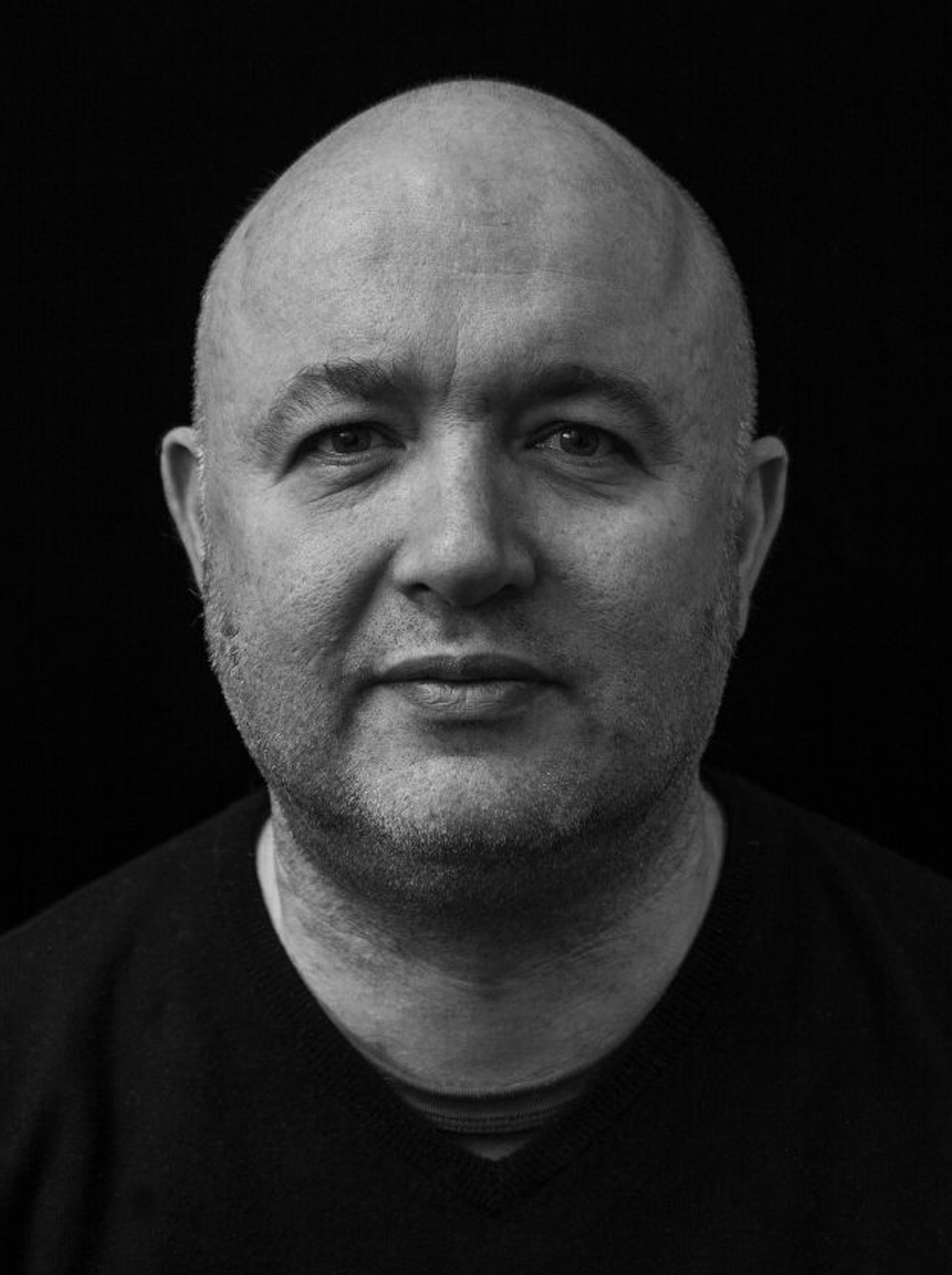
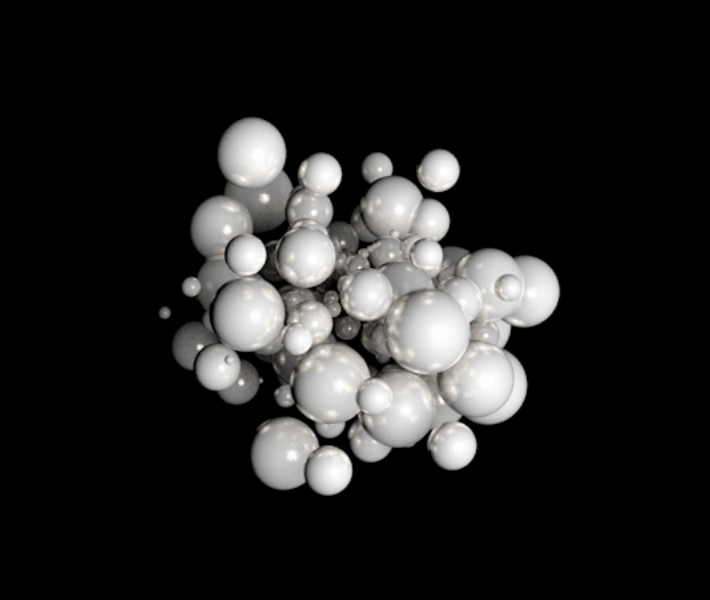
2018 Theme: Virtual Types & Future
Forms of Typography
Increasing information overload and decreasing attention spans
make it hard to captivate today’s audiences with word-based
communication, especially through traditional long-form texts.
Despite this however, we still continue to produce and
consume more text via digital devices than we ever did in
print. But now, our time is spent reading bite-sized messages,
scanning headlines and scrolling social media streams. The
effort of reading long texts seems too slow to meet the instant
gratification needs of a 24-7 connected society.
Last year, the consumption of video and audio content increased exponentially. According to Facebook 2017 data, video content in the average person’s news feed increased by 3.6x, outperforming all other forms of content. Whats App also reported staggering usage of video messages (1 billion sent daily) and audio calls (100 million daily), while 45% of users preferred voice notes to text messages. Even Instagram’s exponential growth left Twitter behind, leading many to speculate that we are moving toward a post-text era. The high level of engagement with visual and multimedia content perhaps belies a real human need for connection with others amidst all this technology and remote interaction.
In a world dominated by pictures and sound, audiences prefer emotional media rich content over the rationality of words.
So, what future is there for typography, originally borne in the static medium of print, with all its high-definition specificity and controlled consumption? If typography is the expressive design of words for maximum readability in print, what future forms of typography will emerge in an era of interactive social multimedia?
In the future, we have to reconsider typography within a broader ecosystem of designed experiences that exist, not only on screens, but beyond, in augmented, virtual and mixed reality environments. Such new forms of typography may have the capacity to be intelligent, generative and responsive to a constant stream of audience and contextual data.
The practice of typography continues to undergo seismic change in a technologically-driven environment, but as designers and media artists, we have the opportunity to imagine, speculate and invent the future forms of typography. This is the creative challenge presented by Motyf 2018.
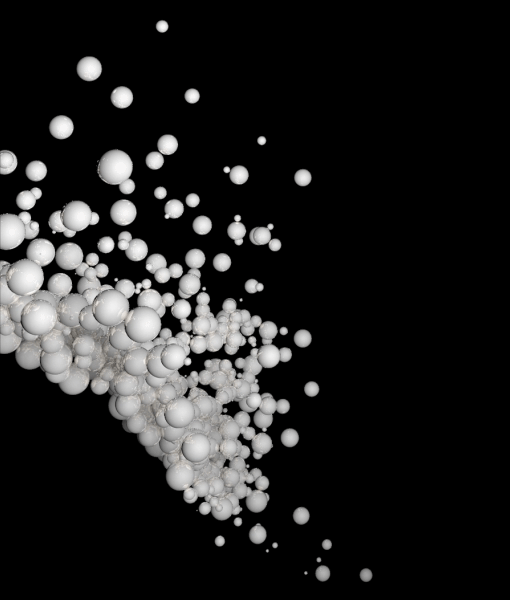
Programme Schedule
dlr LexIcon
Studio Theatre
Ground Floor
Saturday 3rd November, 2018
08.00 Registration
| 08.00 | Registration | |
|---|---|---|
| description | ||
| 09:15 09:30 |
Opening Address David Smith, Head of Faculty, Faculty of Film, Art + Creative Technologies, Dún Laoghaire Institute of Art, Design + Technology (IADT), Ireland |
|
|---|---|---|
| description | ||
| 09:30 09:45 |
Motyf 2018: Virtual Types Dr Hilary Kenna, Head of Department of Technology + Psychology, Faculty of Film, Art + Creative Technology, IADT, Ireland |
|
|---|---|---|
| description | ||
| 09:45 10:45 |
Opening Keynote: Visible Language – Reading, Meaning and Understanding David Small, Creative director, Small Design Firm, USA |
|
|---|---|---|
| description | ||
| 10.45 | Networking Break |
|---|
| 11:00 11:30 |
Generative Design + Typography Professor Hartmut Bohnacker, Interaction Design, Hochschule für Gestaltung Schwäbisch Gmünd, Germany |
|
|---|---|---|
| description | ||
| 11:30 12:00 |
Expanded Typography
When Type Meets Programming at The Basel School of Design Ted Davis, Visual Communication Institute, The Basel School of Design, University of Applied Sciences, Northwestern Switzerland, Academy of Art and Design |
|
|---|---|---|
| Starting with Basel’s historical precedent for teaching type in motion, one of many courses that started in 1968 with Peter von Arx’s Film Graphics curriculum, this talk will highlight recent developments and projects using type as explored through interaction design. These include the use of audio and alternative displays to manipulate letterforms while introducing students to programming, embracing digital errors (glitch) in the search for new surprising forms, developing custom tools to revisit the basics when designing time with type and explorations into using the body to generate custom type. Furthermore an insight of an open source library, basil.js, will be shared, a tool which enables students and designers to create generative typographic layouts within InDesign through approachable code. | ||
| 12:00 12:30 |
Moving Types Archive + Student Work Professor Anja Stöffler, University of Design Mainz, Germany |
|
|---|---|---|
| description | ||
| 12:30 13:00 |
Language + Technologies Professor Jan Kubasiewicz, Professor of Design, Massachusetts College of Art and Design in Boston, USA |
|
|---|---|---|
| description | ||
| 13.00 | Lunch + Motyf 2018 Exhibition Visit |
|---|
| 14.00 14:45 |
Keynote: Immersive Typography Lisa Strausfeld, Principal, Information Art, Senior Researcher, The New School, New York, USA |
|
|---|---|---|
| description | ||
| 14.45 15:15 |
Spin: Adventures in Typography Tony Brook AGI, Creative Director, Spin, UK |
|
|---|---|---|
| description | ||
| 15.15 15:45 |
Super/Natural: the role of magic in user interface Professor Brian Lucid, Professor of Interaction Design, Head, Ngā Pae Māhutonga College of Creative Arts, Massey University, Wellington, New Zealand |
|---|
| 15.45 | Networking Break |
|---|
| 16.00 16:45 |
Final Keynote: Time is Form, Form is Time Mitch Paone, Founder + Creative Director, DIA, New York, USA |
|
|---|---|---|
| A lecture highlighting DIA’s typographic experimentation and research and its impact on the studio's commercial output. | ||
| 16.45 17:15 |
Panel Discussion Dr Hilary Kenna, David Small, Professor Hartmut Bonhacker, Mitch Paone, Lisa Strausfeld + Tony Brook |
|
|---|---|---|
| description | ||
| 17:15 | Closing Remarks Dr Hilary Kenna & Professor Ewa Satalecka |
|---|
Sponsored by:
